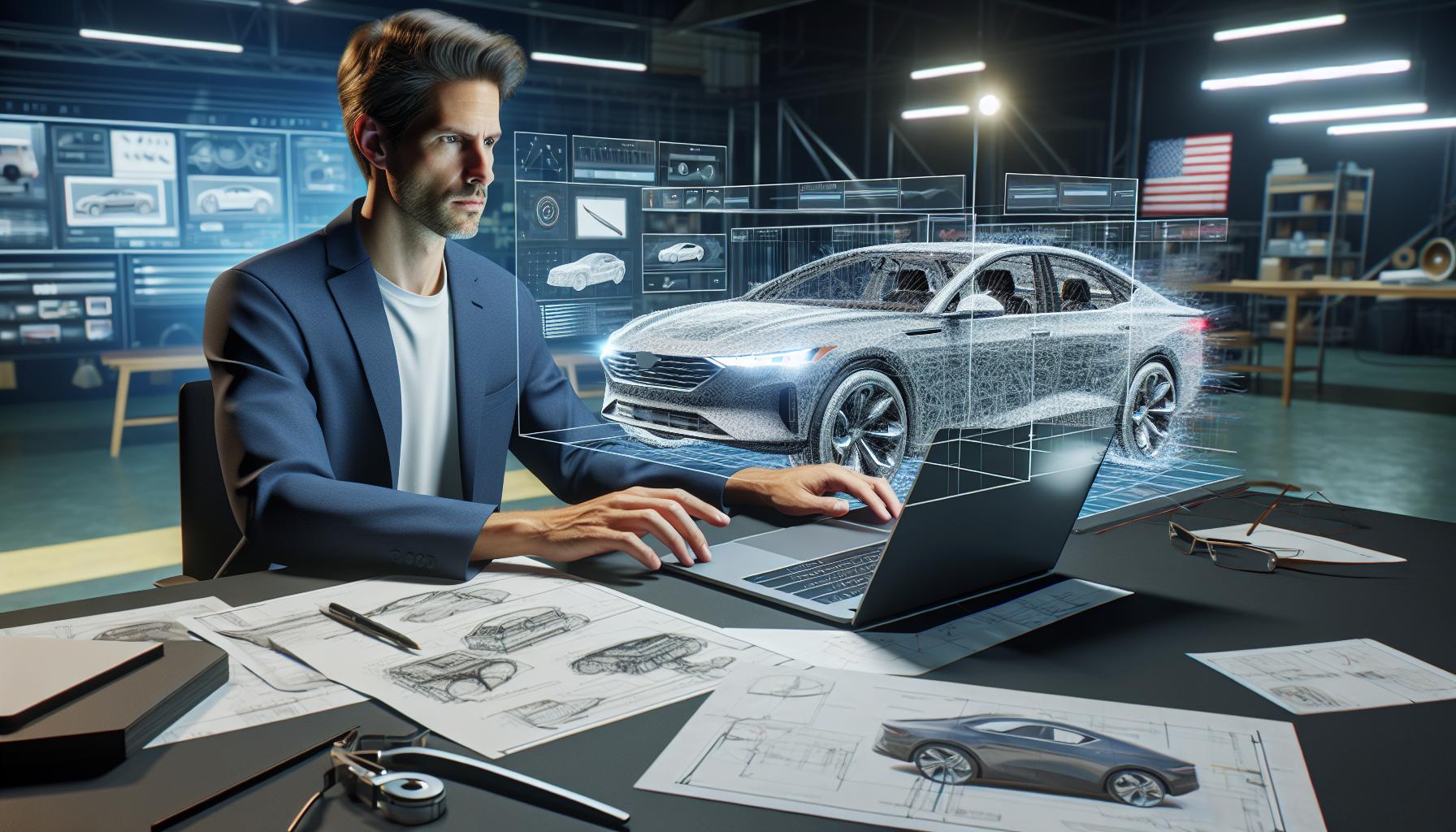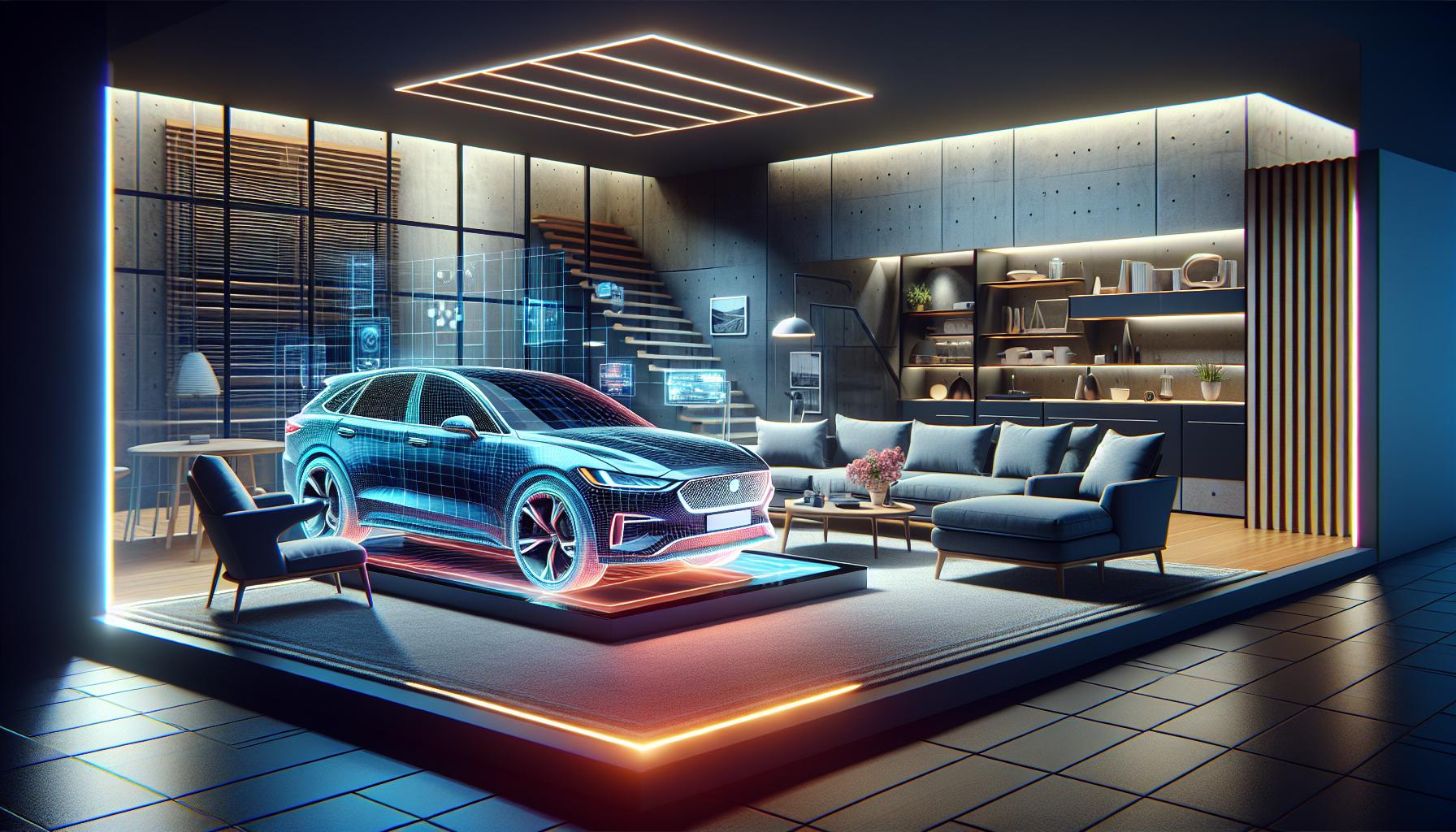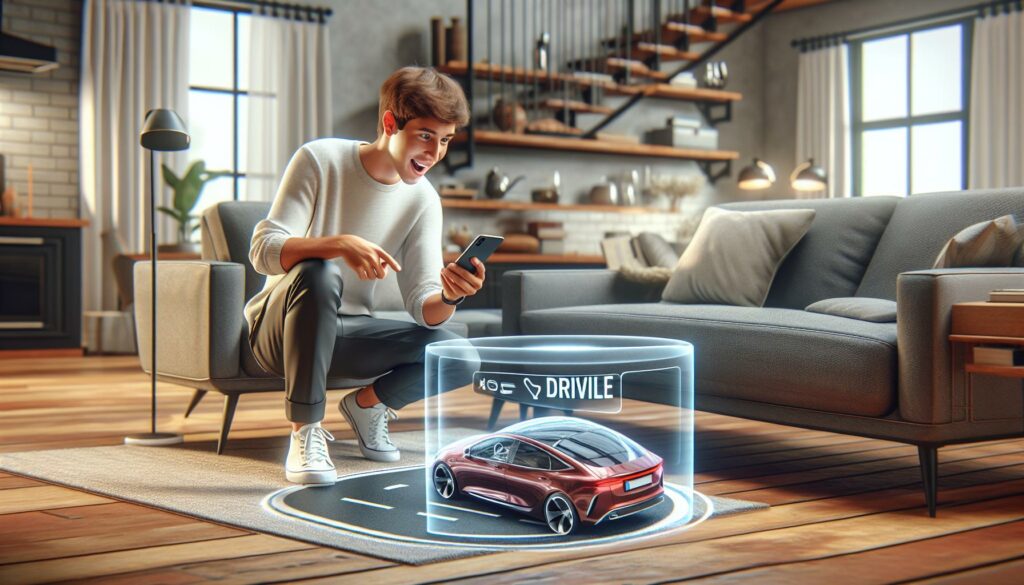Imagine zooming down the street in a car that doesn’t even exist—welcome to the world of augmented reality! With ARKit and Unity, creating a drivable car in your living room is not just a dream; it’s a reality. This dynamic duo transforms your smartphone into a powerful tool, allowing you to design and experience your very own virtual vehicle.
Watch ARKit and Unity: Build a Drivable Car in Augmented Reality Videos
Augmented Reality (AR) combines the physical and digital worlds, creating immersive experiences. Developers use tools like ARKit and Unity to build engaging applications that enhance real-life environments with virtual elements. By leveraging smartphone sensors, AR allows precise tracking of user interactions within 3D spaces.
ARKit, developed by Apple, streamlines AR app creation for iOS devices. This framework includes features like environmental understanding, 3D object recognition, and lighting estimation. These capabilities empower developers to create realistic interactions and visualizations.
Unity serves as a widely adopted game engine that integrates seamlessly with ARKit. Its robust development environment includes various assets and plugins tailored for AR experiences. Utilizing Unity, developers can construct complex animations and physics for virtual objects, such as a drivable car.
Combining ARKit with Unity presents opportunities for innovative applications. For instance, users can manipulate virtual cars as though they exist in their physical space. This interaction not only enhances user engagement but also transforms how people experience digital content.
Accessing documentation and community resources available for both watch arkit and unity: build a drivable car in augmented reality videos and Unity proves invaluable for developers. These resources offer tutorials, sample codes, and forums to discuss challenges. Connecting with other developers fosters collaboration, accelerating the AR development process.
Ultimately, understanding the fundamentals of AR development equips developers with the skills necessary to create captivating applications. Emerging technologies in AR provide possibilities for various industries, from gaming to education. Embracing AR opens new avenues for creativity, allowing users to experience engaging and interactive environments.
Understanding ARKit and Unity Integration

ARKit and Unity integration forms the backbone of creating immersive AR experiences. Developers benefit from a powerful synergy between these two platforms.
Features of ARKit
ARKit provides essential features that streamline AR app development. Environmental understanding allows applications to detect and interpret space in real-time. 3D object recognition enables the identification of real-world objects, enhancing interaction. Additionally, people occlusion allows virtual objects to interact realistically with physical environments. These features empower developers to create lifelike experiences, essential for driving a virtual car in augmented reality, watch arkit and unity: build a drivable car in augmented reality videos.
Key Elements of Unity
Unity’s robust framework, coupled with its ease of use, plays a pivotal role in AR development. The engine supports various platforms, ensuring broad accessibility. High-quality graphics ensure visually stunning experiences. Unity’s physics engine contributes to realistic vehicle movements, making interactions believable. By leveraging the Unity Asset Store, developers access numerous pre-built models and scripts, speeding up the development process. These elements combine to provide a powerful toolkit for crafting immersive AR experiences.
Building a Drivable Car in AR

Creating a drivable car in augmented reality involves careful planning and execution. This section outlines essential steps for both pre-production planning and the development process.
Pre-Production Planning
Effective pre-production planning establishes a roadmap for AR development. Define project goals to guide decisions about features and design elements. Conduct research to understand target audiences and their preferences, informing decisions on vehicle design and functionality. Choose the necessary software tools, such as Unity and ARKit, to ensure compatibility and ease of integration. Alongside this, create a storyboard outlining user interactions, identifying how users will engage with the virtual car. A focus on usability leads to a better overall user experience.
Development Process
The development process involves translating pre-production plans into functional AR experiences. Start by building a 3D model of the car using Unity’s robust asset creation tools. Unity’s physics engine plays a crucial role in creating realistic driving dynamics. Integrating ARKit enhances the reality of the experience, allowing the car to interact with real-world environments. Ensure that positioning and movement logic adheres to user inputs for seamless operation. Test functionalities in various physical spaces to refine interactions. Utilize Unity Asset Store resources to accelerate development, accessing pre-built scripts and models that fit the project’s requirements.
Enhancing User Experience

Creating an engaging augmented reality experience relies heavily on visuals and user interface design. These elements play a critical role in capturing attention and fostering interaction.
Visuals and Graphics
High-quality graphics significantly elevate user experience in AR applications. 3D models of cars should appear realistic, showcasing intricate details and textures. Utilizing Unity’s rendering capabilities enables developers to achieve stunning visual results. Lighting effects and shadow dynamics contribute to the overall immersion, enhancing the sense of presence within the physical environment. Additionally, color choices can impact user perception, influencing emotional responses to the virtual car. Incorporating animations, such as realistic driving motions, further persuades users to engage. Success hinges on delivering visuals that seamlessly integrate with the real world.
User Interface Design
Intuitive user interface design enhances usability and fosters interaction. Clean and simple layouts guide users in navigating the AR experience. Essential functions, such as steering and acceleration controls, should be easily accessible. Responsive buttons and gesture controls allow users to engage fluidly with the virtual car. Feedback mechanisms, like haptic responses or visual cues, aid in understanding user actions. Prioritizing user experience ensures players remain focused on the augmented vehicle and its environment. Overall, effective interface design creates a more enjoyable experience, promoting prolonged engagement with the AR application.
Challenges and Solutions
Developing AR experiences with ARKit and Unity presents various challenges. Identifying and addressing these issues enhances the overall development process.
Common Issues in Development
Developers often encounter issues related to device compatibility. Different iOS devices offer varying capabilities and performance levels, creating inconsistencies in user experience. Another common challenge revolves around the accuracy of environmental understanding. ARKit may struggle in poorly lit environments or cluttered spaces, affecting virtual object placement. Physics and interaction inaccuracies may also arise due to conflicts between Unity’s built-in physics engine and ARKit. Performance optimization remains crucial; developers frequently notice frame rate drops if the AR application is graphically intensive.
Troubleshooting Tips
To mitigate compatibility issues, developers should test applications on multiple iOS devices. Incorporating adaptive graphics settings helps maintain performance across devices. Enhancing lighting and reducing scene complexity improves ARKit’s environmental understanding. Engaging with Unity’s Profiler tool assists in pinpointing performance bottlenecks, allowing for targeted optimization strategies. Regular updates from both Unity and ARKit should be monitored, ensuring that developers leverage the latest features and fixes. Forums and community resources provide valuable insights and solutions to common challenges faced during development.
Harnessing the power of ARKit and Unity to create a drivable car in augmented reality represents a significant leap in interactive technology. This innovative approach not only transforms how users engage with virtual vehicles but also opens doors to endless creative possibilities across various fields. By mastering the integration of these tools and focusing on user experience, developers can craft immersive applications that captivate audiences.
As the AR landscape continues to evolve, staying informed about the latest advancements and community resources remains crucial. Embracing these technologies not only enhances individual projects but also contributes to the broader evolution of augmented reality, paving the way for future innovations.

